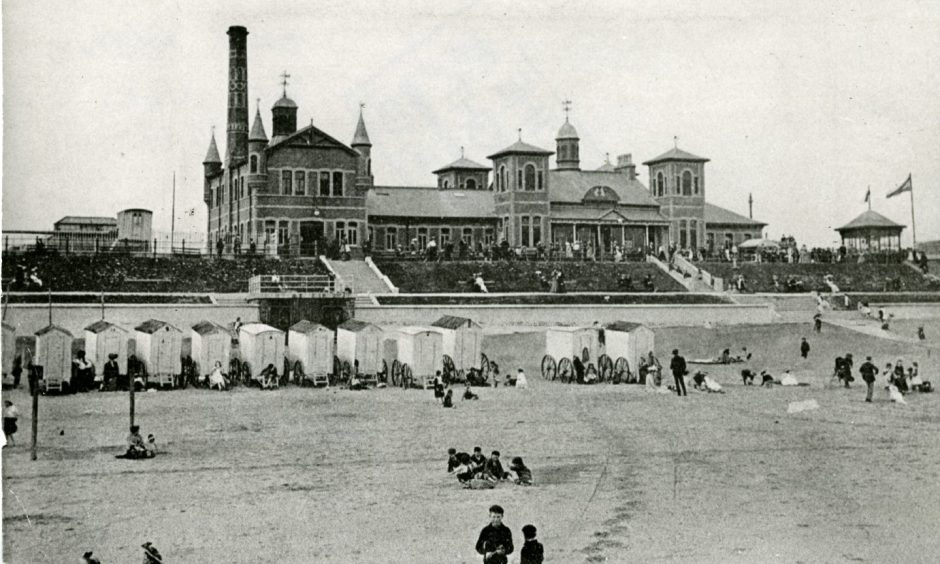
The Beach Baths were the last relic of Victoriana at Aberdeen’s seafront before they were demolished in 1972.
A handsome brick building, the baths were built at a time when people dressed up to go to the beach, not down, and modesty was a must.
But 75 years later, with concerns over the structural integrity they were considered out of date and not worth saving.
This is the story of Aberdeen’s Beach Baths, once the biggest indoor swimming pool in Scotland and a mecca for holidaymakers as well as Aberdonians.
We start with what life was like for Aberdeen beach swimmers before the arrival of the Beach Baths, and WELL before the modern “wild swimming” movement popular at the beach today…
When Victorian Aberdonians swam in sea
Indoor public swimming pools as we know them didn’t exist until 1829, when St George’s Baths opened in Liverpool.
Bathing became increasingly popular during the 19th Century at a time when cleanliness was next to godliness.
And before the creation of the Beach Baths, most Victorian Aberdonians learned to swim at Aberdeen Beach itself – a chilling prospect.
The first Beach Bathing Station was a facility on the beach for swimming in the sea.
Men entered the North Sea on one side of the salmon fishing nets, and women on the other.
Bathing hut coaches were pulled by horses down to the water’s edge so women could maintain modesty by descending the steps straight into the sea.
It was considered impolite for anyone to see a lady in her swimmers.
Frightful sealife encounters at Aberdeen Beach for Victorians before the Baths
But swimming in the sea did bring a risk of encountering adventurous sealife.
In 1884, railway clerk Andrew Ross was enjoying a bathe when he felt something brush against his leg.
When he looked down a fish “of unusually large proportions” appeared to be swimming next to him.
The P&J reported how to satisfy his curiosity Mr Ross “laid hold of the monster by the tail” and with some difficulty dragged it onto the sand.
It was then he discovered he had landed a “pretty specimen” of a ‘baby whale’ nearly 2.5ft in length.
With a habit of hunting animals into extinction, the Victorians weren’t really renowned for animal welfare.
The sad report continued: “The youngster was pretty lively, and floundered about on the sand after being landed, but within 10 minutes it became utterly exhausted, and ultimately expired while being carried home by Mr Ross.”
1869: City’s first swimming baths opened on Crooked Lane
Therefore the opening of the seafront baths later that century was probably a joyous day for the local sealife as well as city-dwellers.
But it was in 1869 that the first indoor municipal swimming pool opened in Aberdeen.
The bathing pool was an extension to the existing ‘slipper baths’ on Crooked Lane in the city centre, where people went to wash themselves.
This pool was replaced by the Constitution Street Swimming Baths in 1887.
But these too became redundant when the spectacular, brick-built Beach Bathing Station (later known as the Beach Baths) opened in 1898 at Aberdeen’s seafront.
Standing at the end of what is now the Beach Boulevard, the baths clung to the edge of the coast, towering over the golden sands below.
Sea bathing continued, but now the public could enjoy swimming in a dedicated indoor freshwater pool too.
Brick-built Beach Baths was symbol of civic pride, and biggest in Scotland
When the new corporation baths opened on July 13 1898, it was the largest swimming pool in Scotland.
A symbol of civic pride, the red brick towers and turrets were very typical of seaside resorts south of the border.
Victorians were unapologetic in their desire to add ornamentation and flourishes to buildings.
The baths were furnished with a verandah overlooking the North Sea, with cypress trees in pots to create a continental aesthetic.
Inside, the space was decorated with fresh flowers like hydrangea, and bathers swam in an underground swimming pool with water pumped in from the sea.
The roof of the pool was at ground level with little cupolas to let in natural light.
A row of changing lockers stood at either side of the pool, and a viewing gallery overlooked the water.
Many patrons were simply Aberdonians needing a wash.
This was a time when inner-city families shared outdoor lavatories with neighbours – let alone having baths or showers.
Bath-time was a scrub in a tin bath in front of the fire starting with the head of the household.
Other family members would then take turns bathing in the same water in descending order of importance.
1900s: First school swimming lessons in Aberdeen took place at baths
But the opening of the baths wasn’t just a boon for the population’s cleanliness – a head teacher spotted another opportunity.
School swimming lessons didn’t exist in Aberdeen until teacher William McLean pioneered the idea.
He was head teacher of nearby Hanover Street School, and pupils there were the first to enjoy – or perhaps endure – school swimming lessons at the Beach Baths.
Many children’s first experience of swimming was a rope around their middle with an instructor holding onto the other end.
The next school to include swimming on the curriculum was Frederick Street. The two institutions would compete in an inter-school gala against each other.
Thereafter, swimming lessons became a regular part of the curriculum with lessons taking place at the Beach Baths or the Middle School’s bathing pond which opened in 1890.
Generations of water babies learned to swim at Aberdeen’s Beach Baths until 1970s
By the 20th Century, bathing was a lesiurely past-time, not just a necessity.
The rise of the Great British seaside holiday turned Aberdeen into a resort.
The Beach Baths saw the installation of Turkish Baths, tiered boards to jump off, and chutes.
Although popular with holidaymakers, the Beach Baths found competition in the new uptown baths when they opened in 1940.
Better known as the Bon Accord Baths, these were flash and modern compared to the old Victorian baths.
But there was still a place for the Beach Baths because it was where many Aberdonians learned to swim.
In 1968, little Philip Emerson made the headlines because he celebrated his first birthday with a party at the Beach Baths.
Water baby Philip had become a member of Dee Swimming Club at just two days old.
His dad William was secretary of the club and said his baby loved the water, and added “in fact, we have an awful job getting him out”.
Philip was following a family tradition – his four older siblings had also been swimming since toddlerhood.
After a quick dip, the P&J reported how Philip “got on with the most important event of the evening… blowing out the candle on his very first birthday cake – which was in the shape of a swimming pool, of course!”.
1970: Beach baths considered crumbling hangover from Victorian era
The council took swimming lessons seriously, and in 1970 a scheme launched whereby the pool was open from 10am-noon every week day for school tuition.
There was even an incentive to give free passes that term for pupils that showed promise.
But despite hosting 10 thriving swimming clubs, the Beach Baths were considered a crumbling hangover from a forgotten era by the early ’70s.
There had already been discussions years previously about replacing them.
And on July 11 1972, the baths were closed over concerns the building was structurally unsound.
But many Aberdonians were still fond of the ageing, but elegant Victorian baths.
Immediately a petition to save the beachfront pool was launched by Andrew Clark, a council engineer who had serviced the heating system at the baths since 1948.
He devoted all his spare time to saving the baths and within a month amassed 4250 signatures.
If the Beach Baths’ brickwork was beyond saving he suggested removing the turreted brick building, but retaining the pool, club, changing rooms, toilets and boilerhouse next door.
Clark said it was “ridiculous” a city of Aberdeen’s size had only the public Bon Accord Baths.
1972: Plea to see future for baths at beach
Ironically in September 1972, more than 1000 delegates from across Britain met at the Beach Ballroom in Aberdeen for the annual conference of swimming baths management.
It was not the first time the city had hosted the week-long gathering, but it was significant at a time when the council had a big decision to make about pool provision.
The petition, signed by “generations of Aberdonians who learned to swim in the beach pond”, was mentioned.
It urged the town council to see a future for swimming facilities at the beach other than the sea.
At a council parks and recreation meeting the following month, councillors said they wanted to make it clear it hadn’t been the intention to close the baths permanently.
Petitioner Mr Clark said it gave him hope. He added: “The old baths could be carried on, minus the overhead building, until a new pool is available.”
1973: Last relic of Victoriana on seafront was gone
But that glimmer of hope was extinguished the following month when the council committee voted to demolish the Beach Baths on the advice of city engineer William Turner.
He said: “In view of the substantial expenditure required to reopen the baths even for a temporary period – and considering the inadequacy of the toilet and hygiene facilities, and the limited life of the gallery and pool structure – the entire baths should be demolished and the area reinstated.”
His recommendation was that due to the “potentially dangerous brick super structure” the building should be razed to the ground.
He said the building showed signs of settlement and the boilerhouse, which sat below the pavement, needed a new roof.
The boilers themselves would need replaced, and the building needed a rewire.
With little thought to preservation, demolition began in March 1973.
The last relic of Victoriana on the seafront was gone.
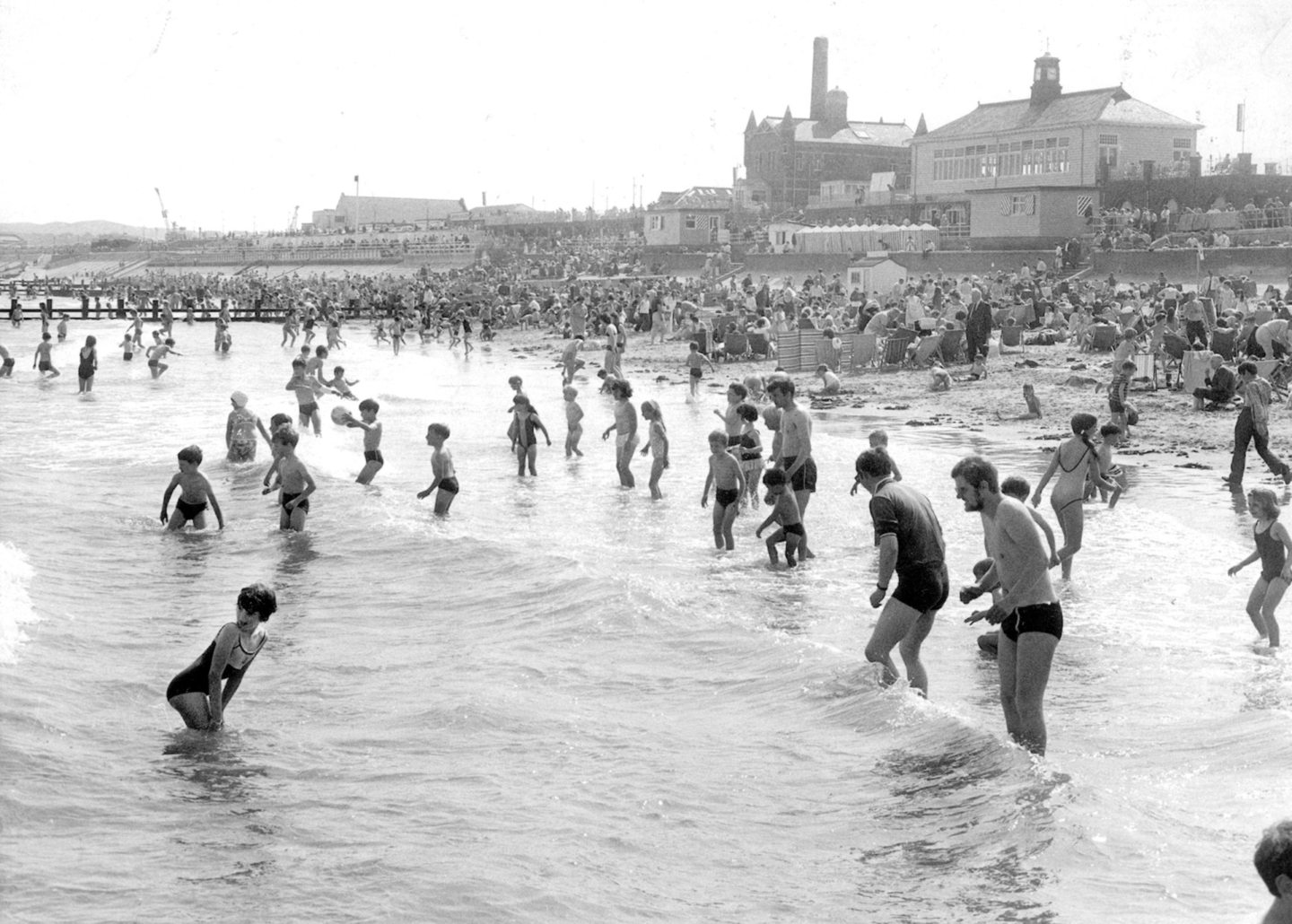
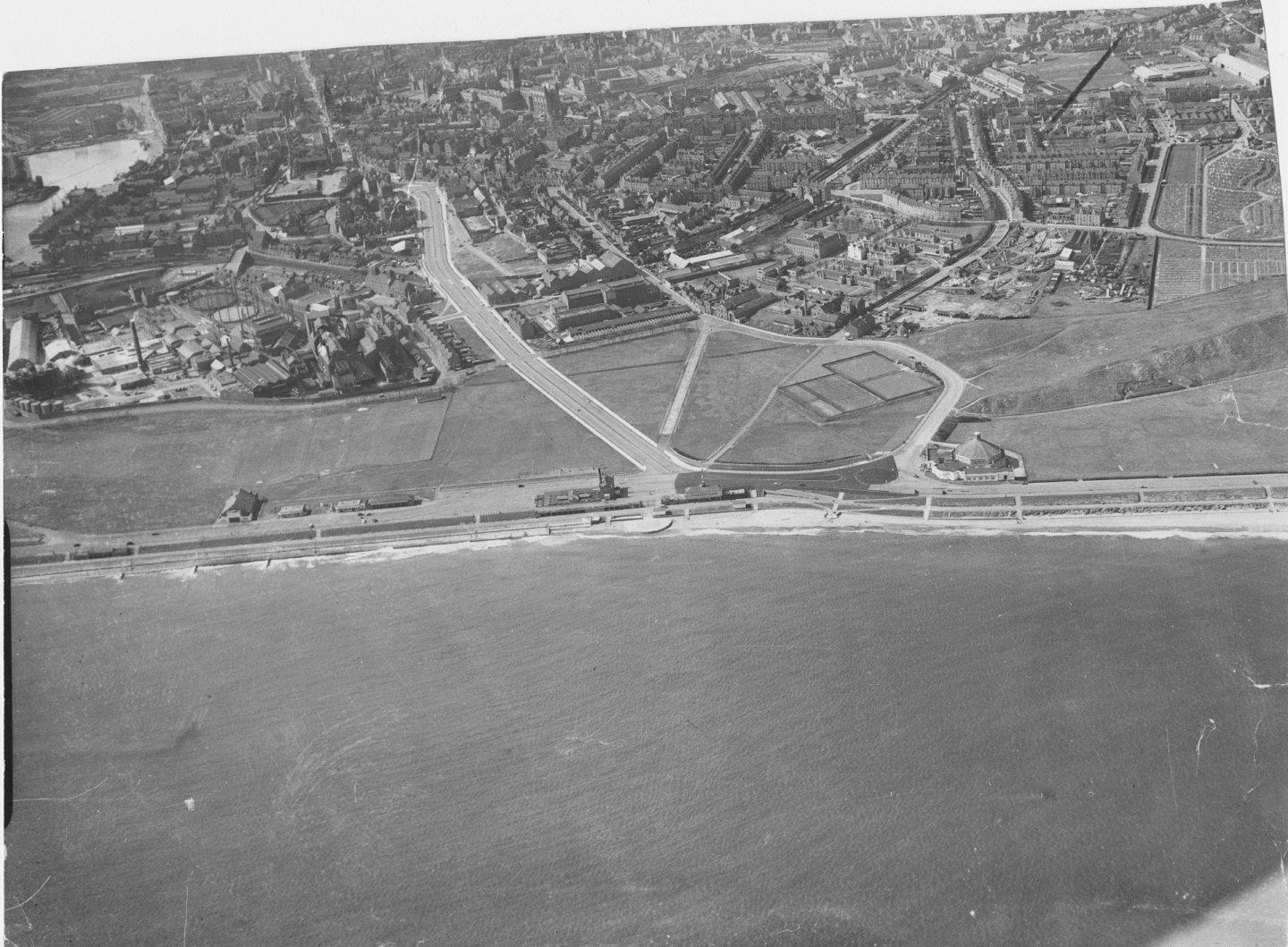
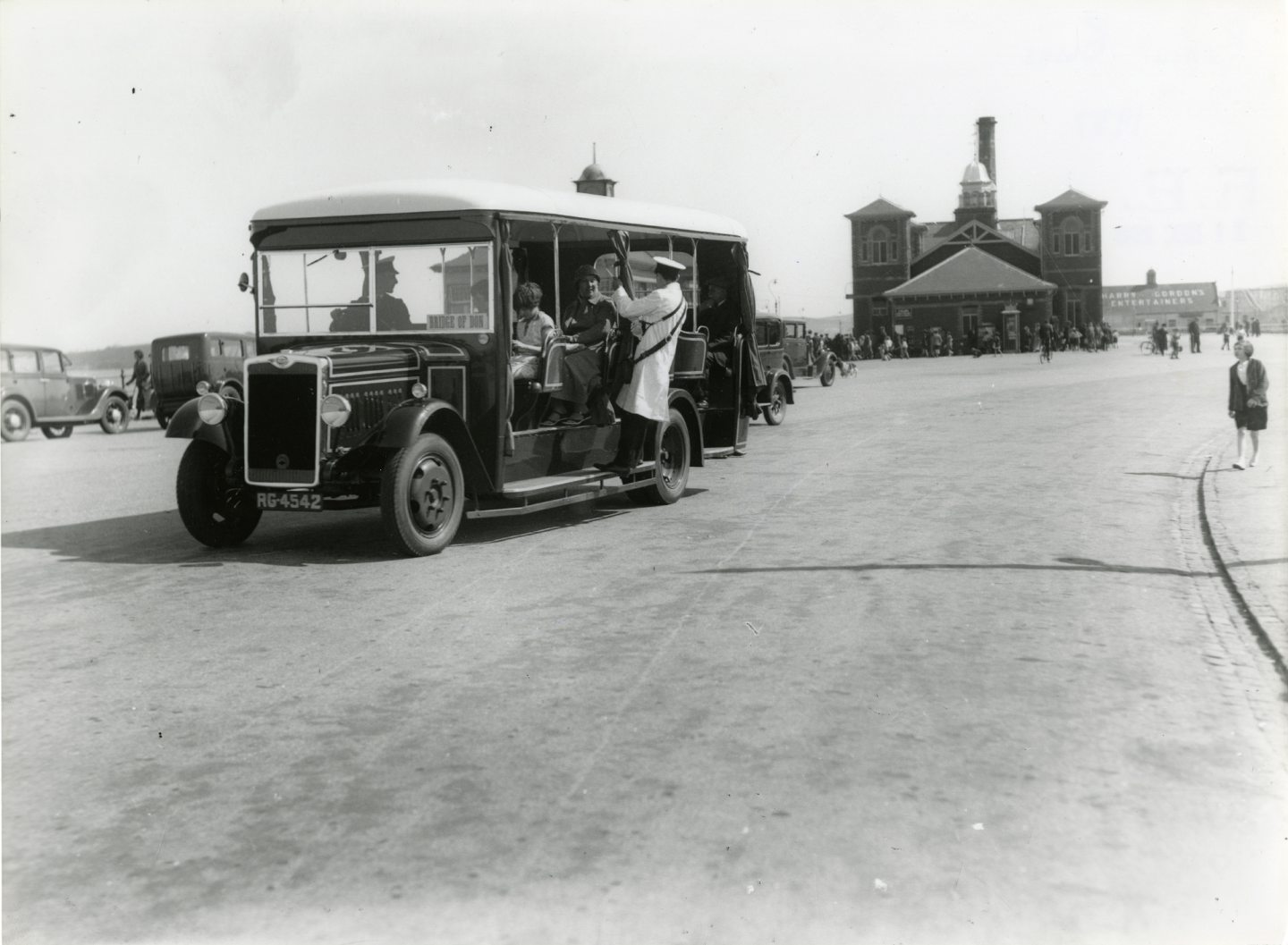
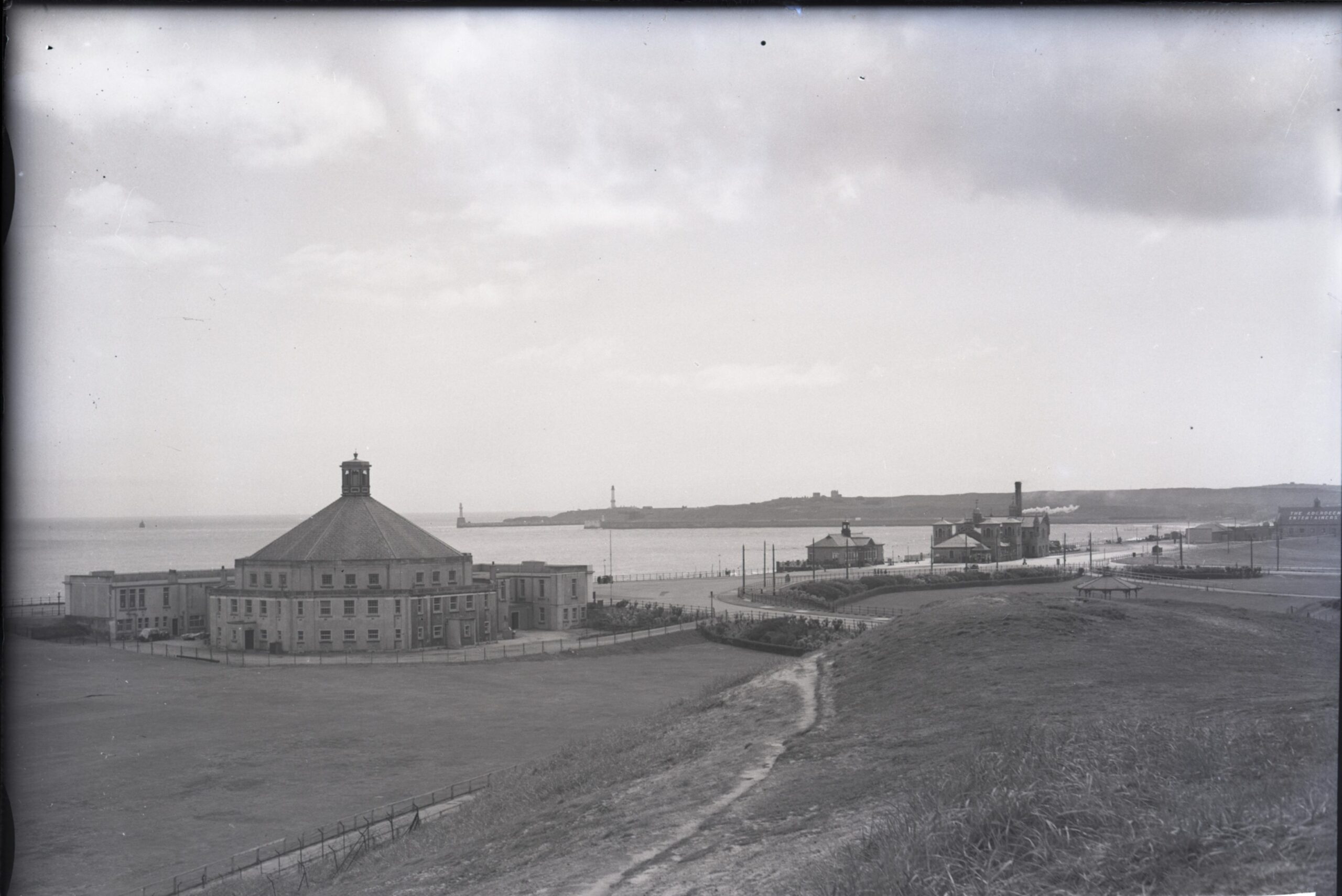
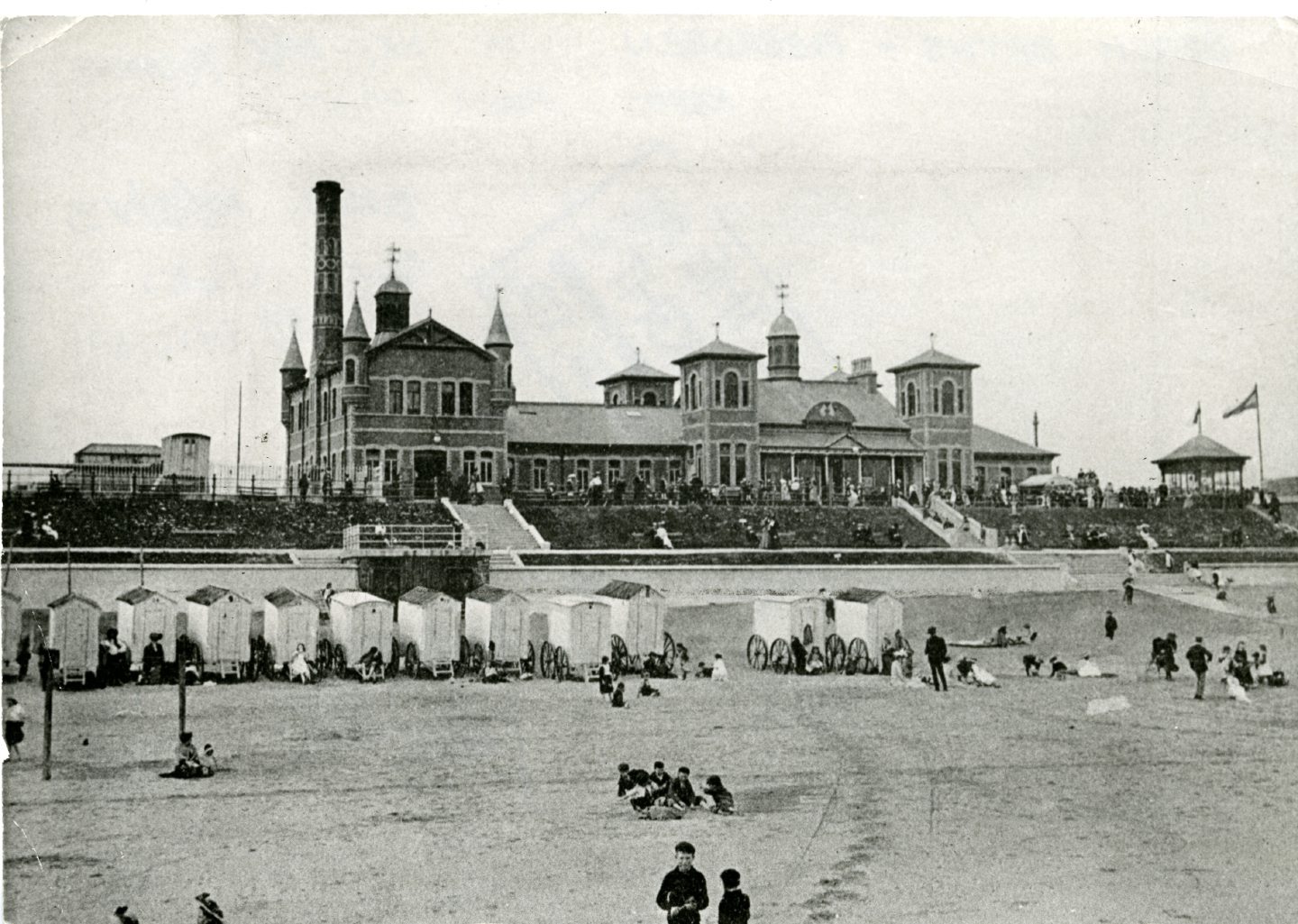
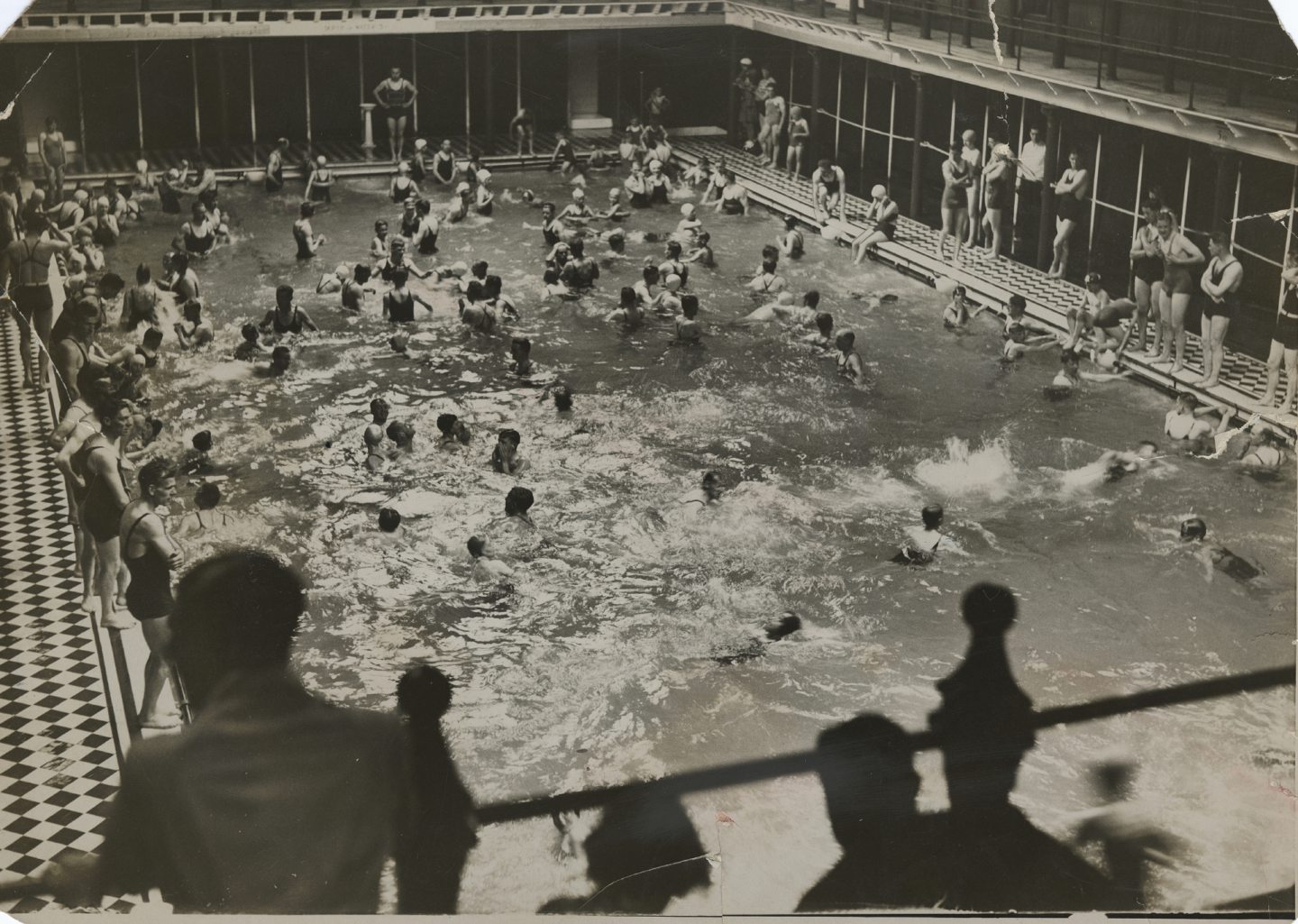
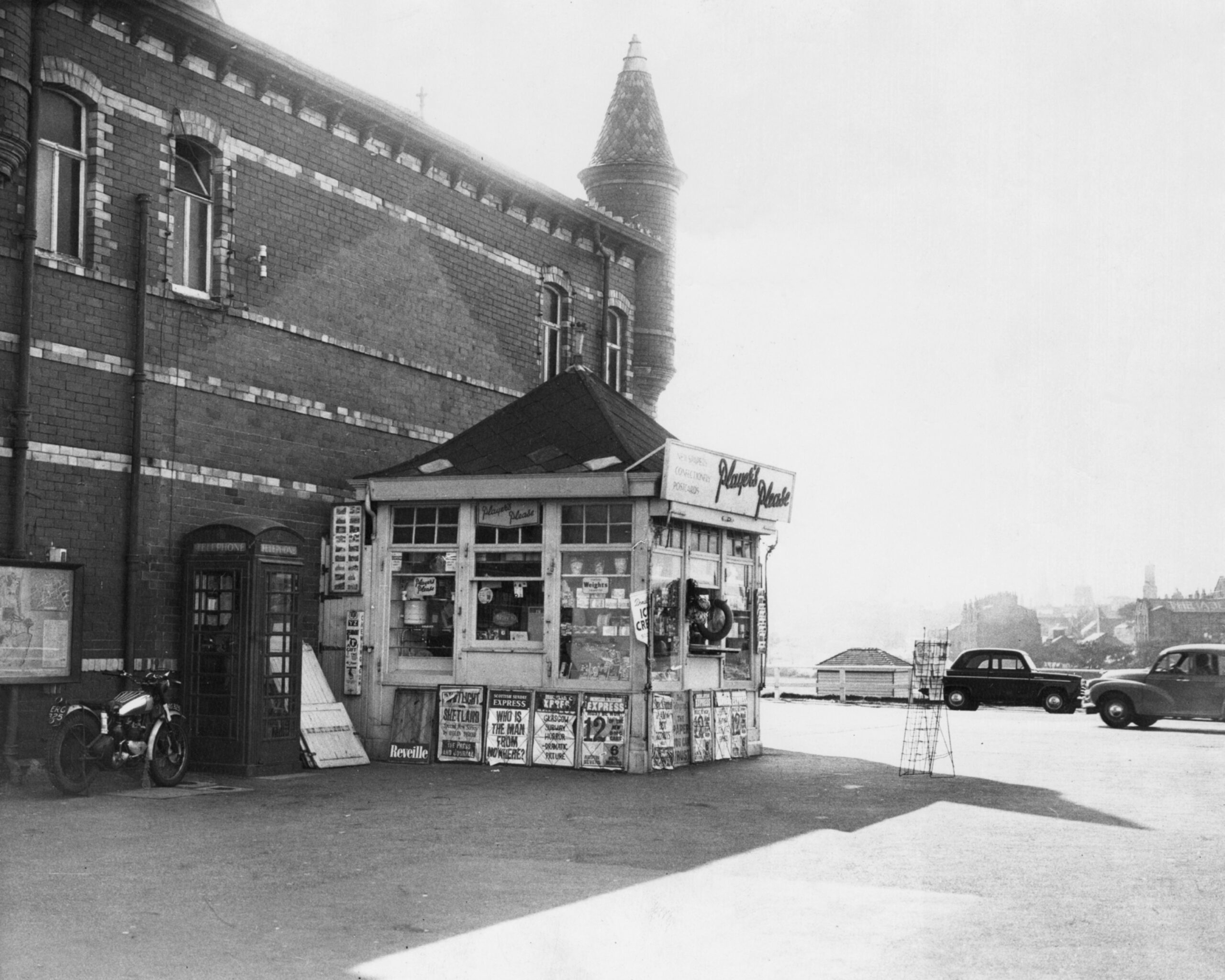
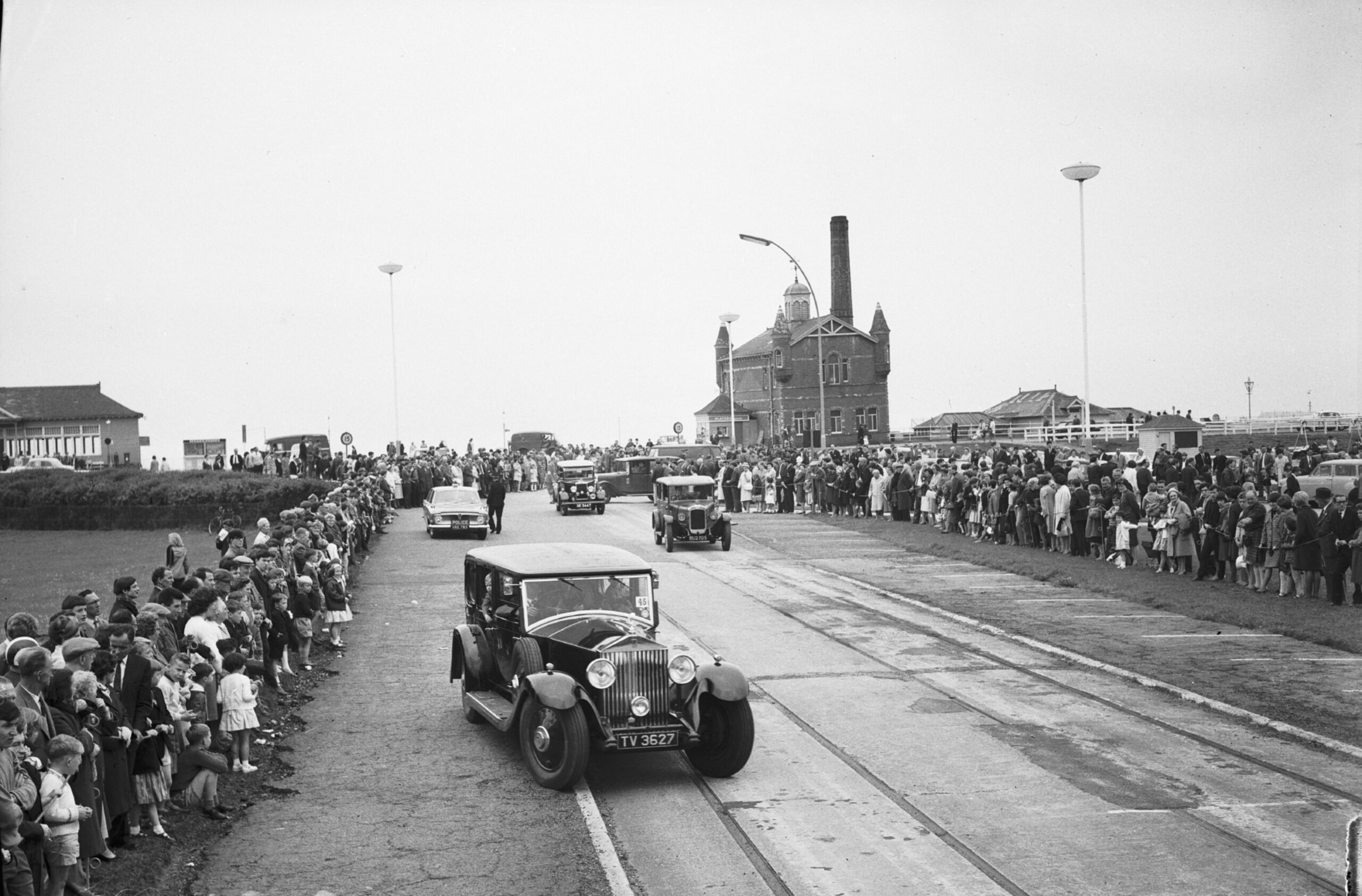
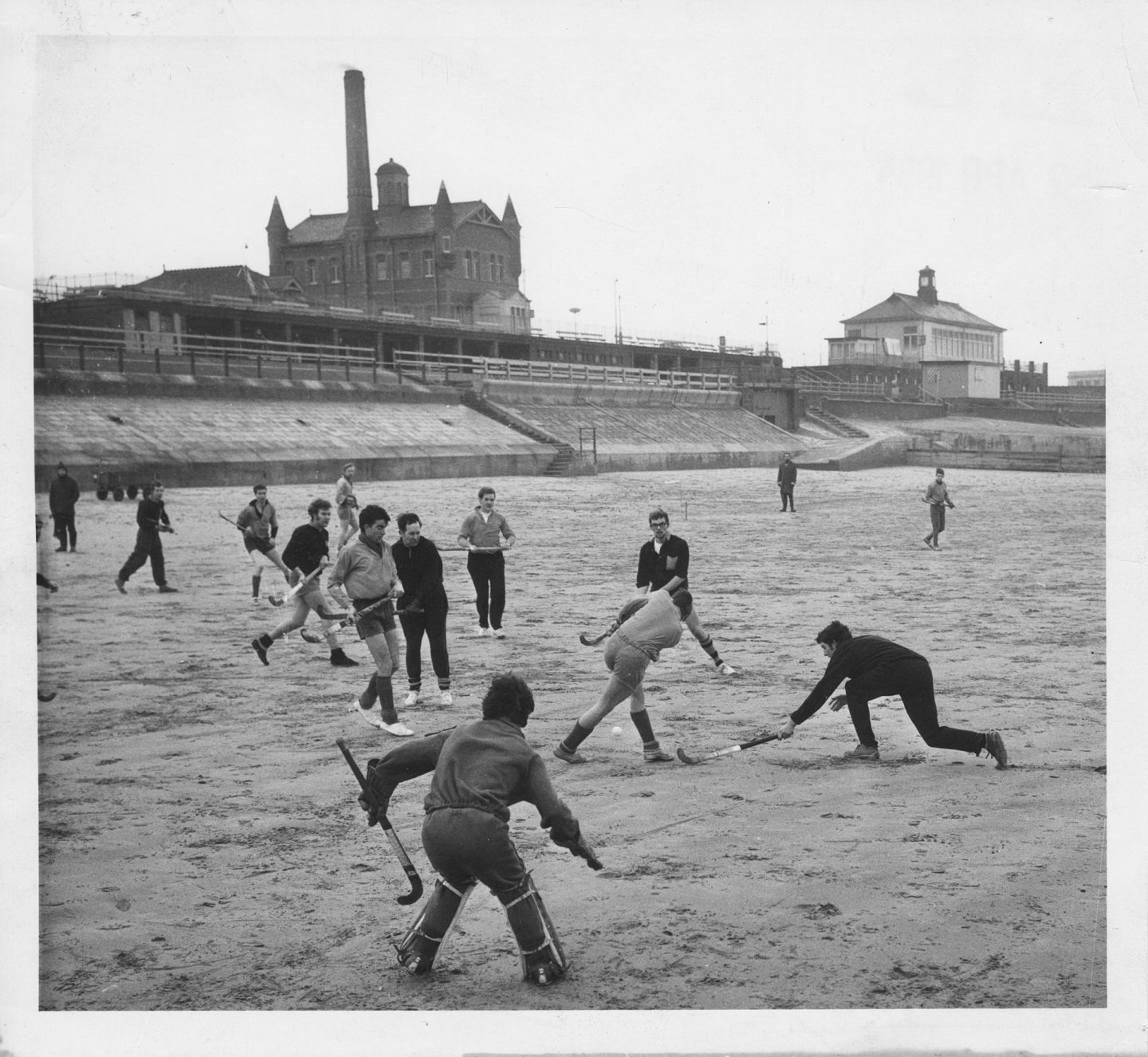
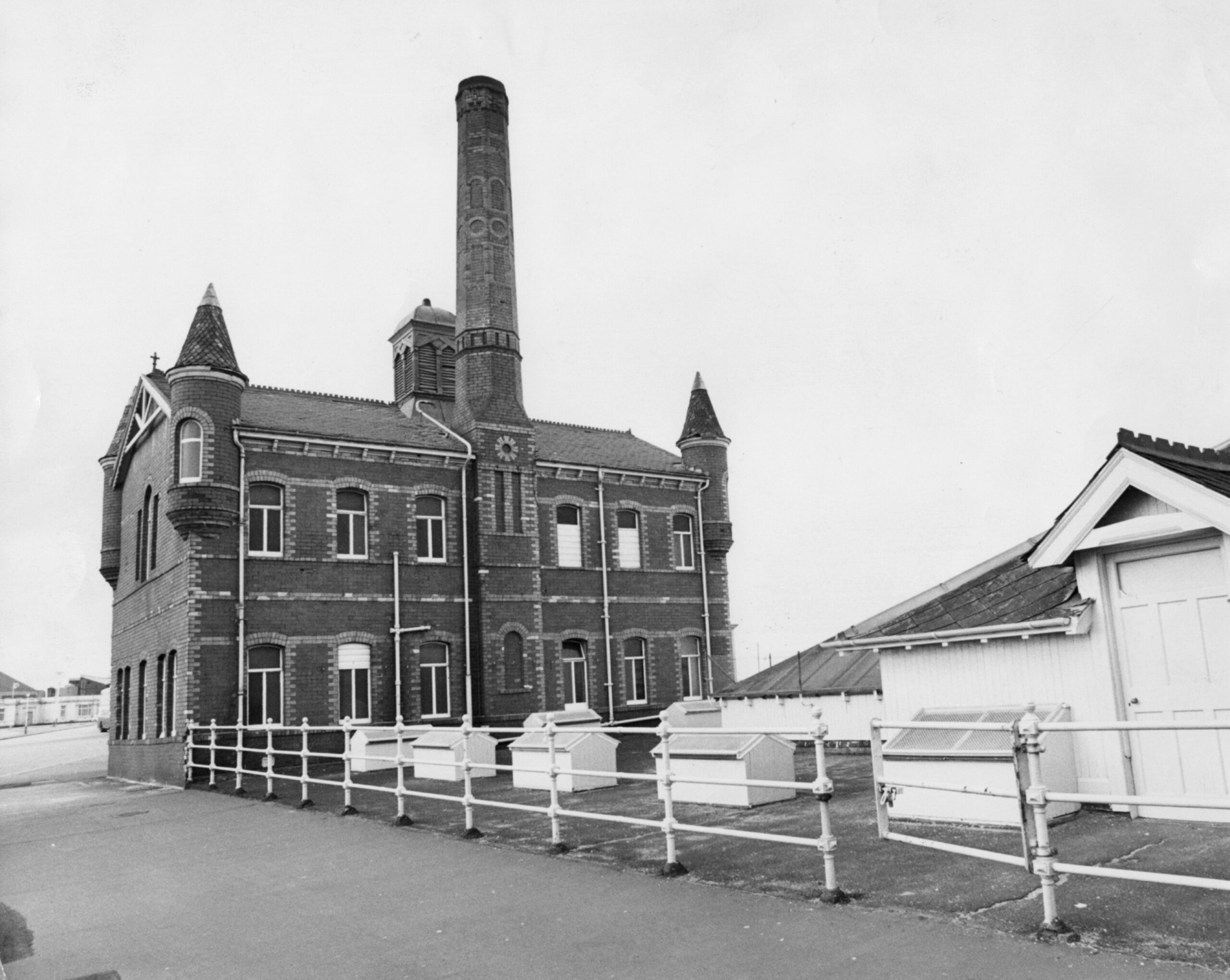
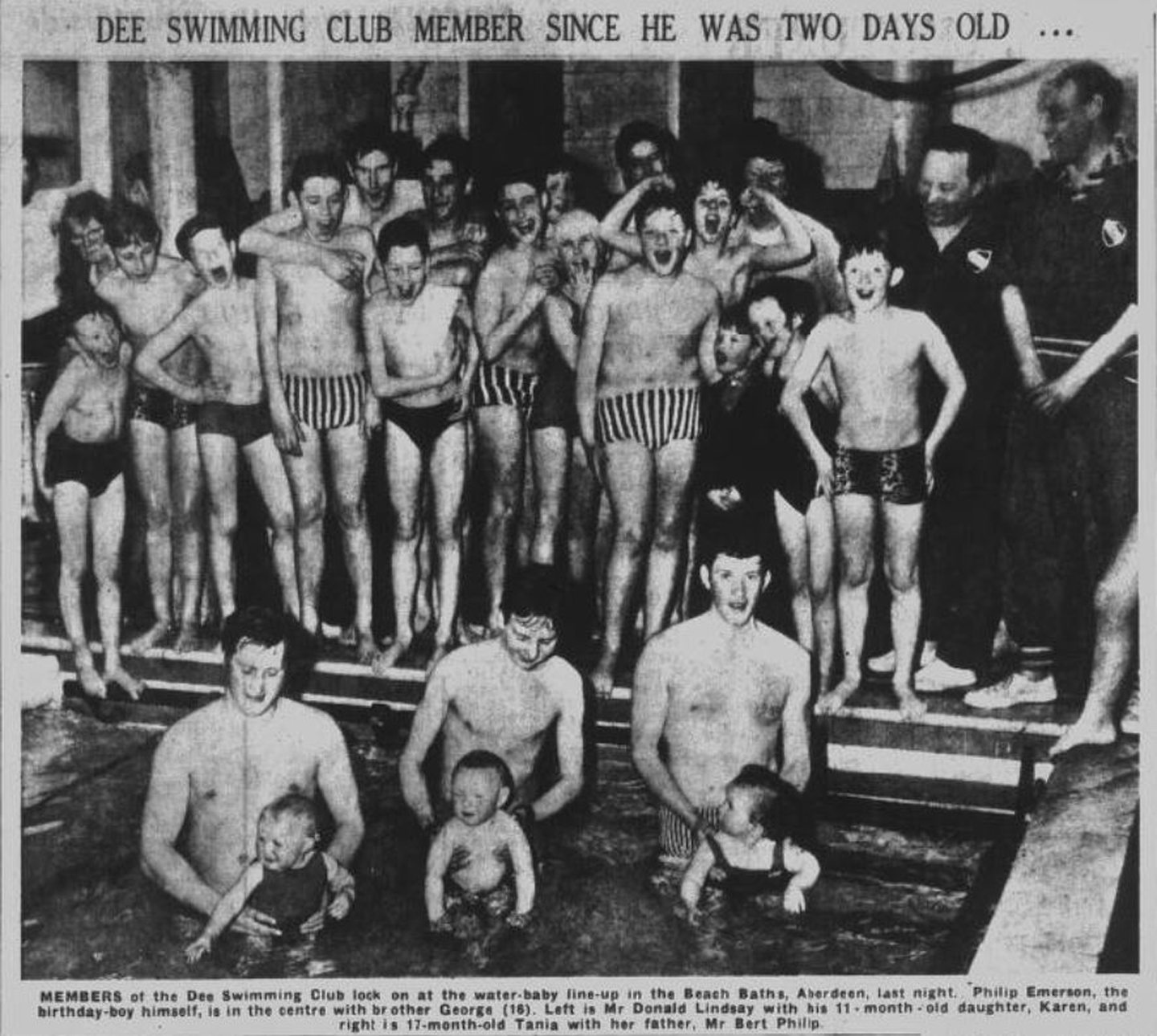
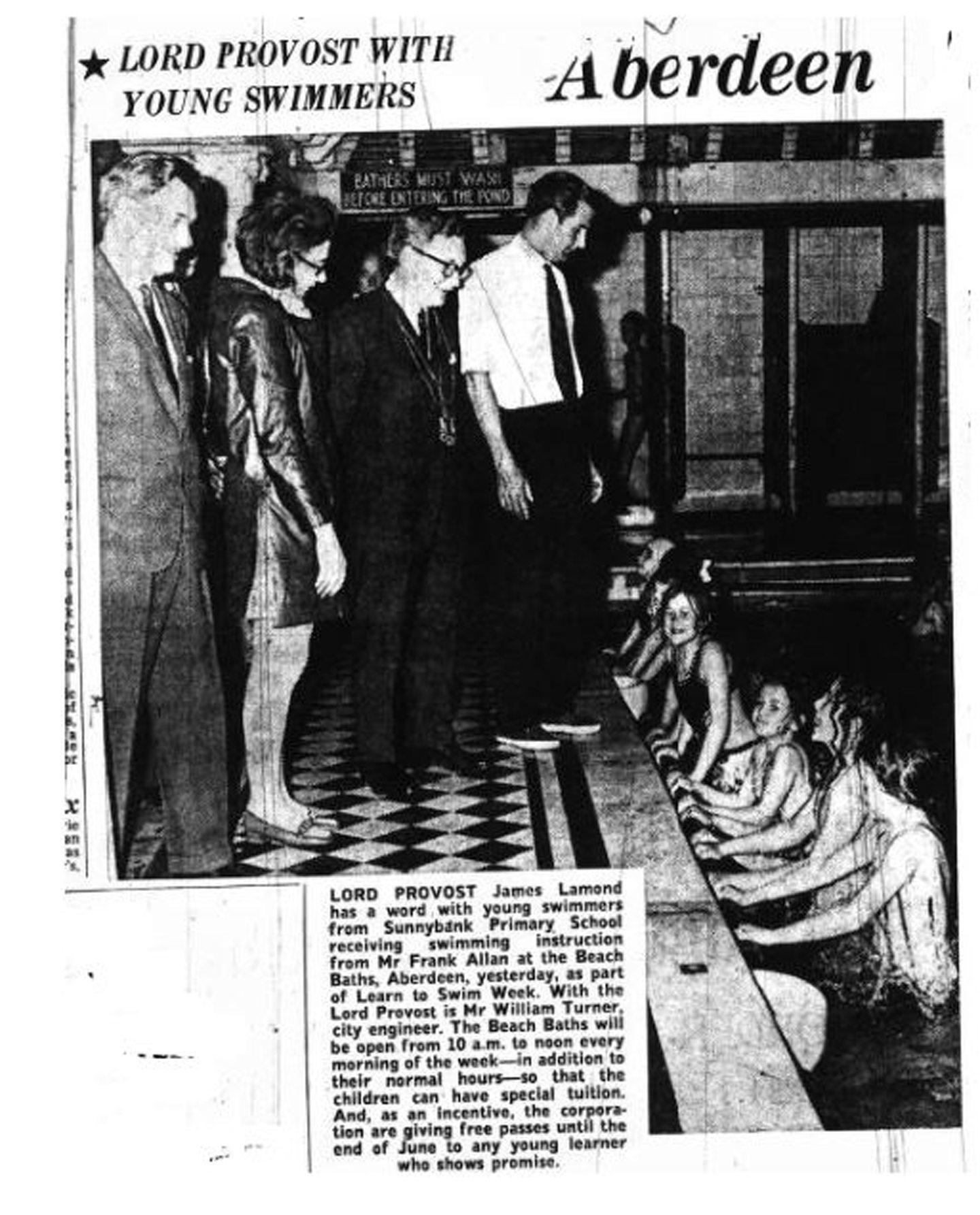
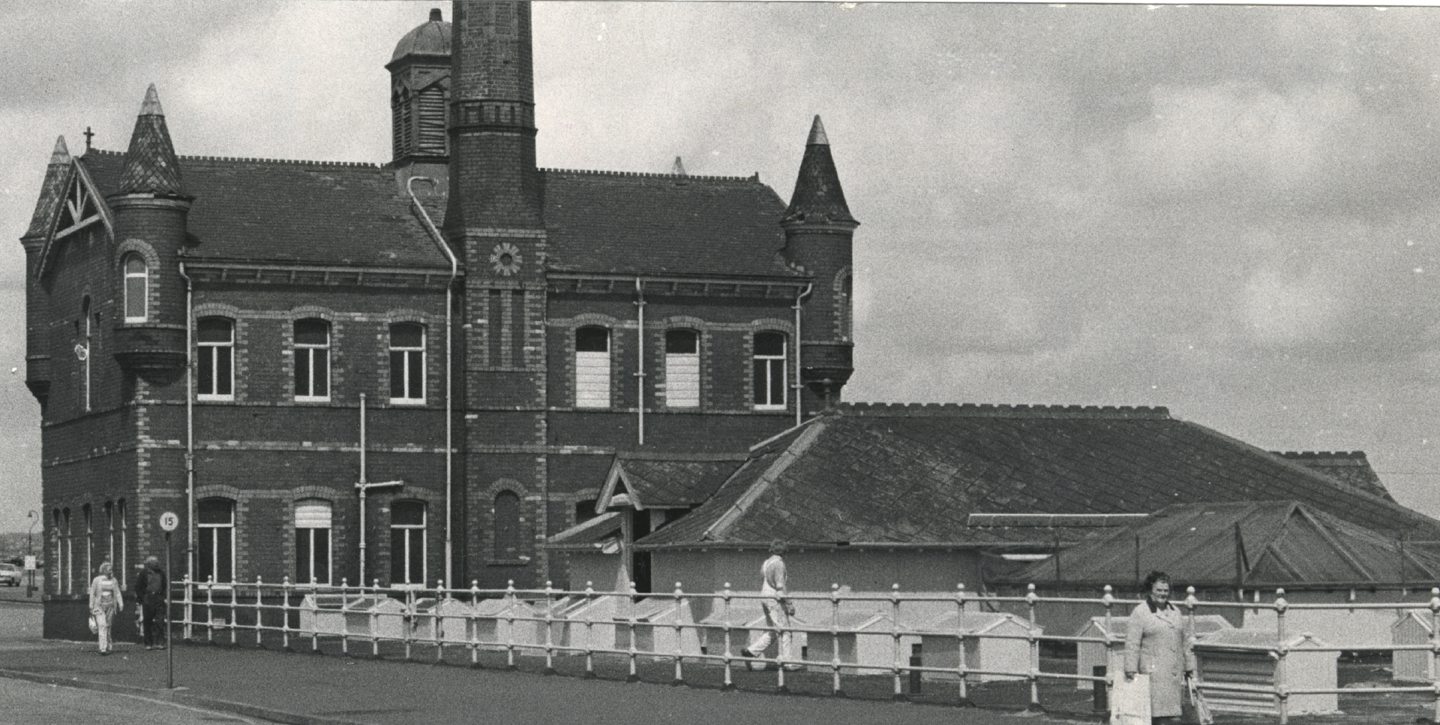
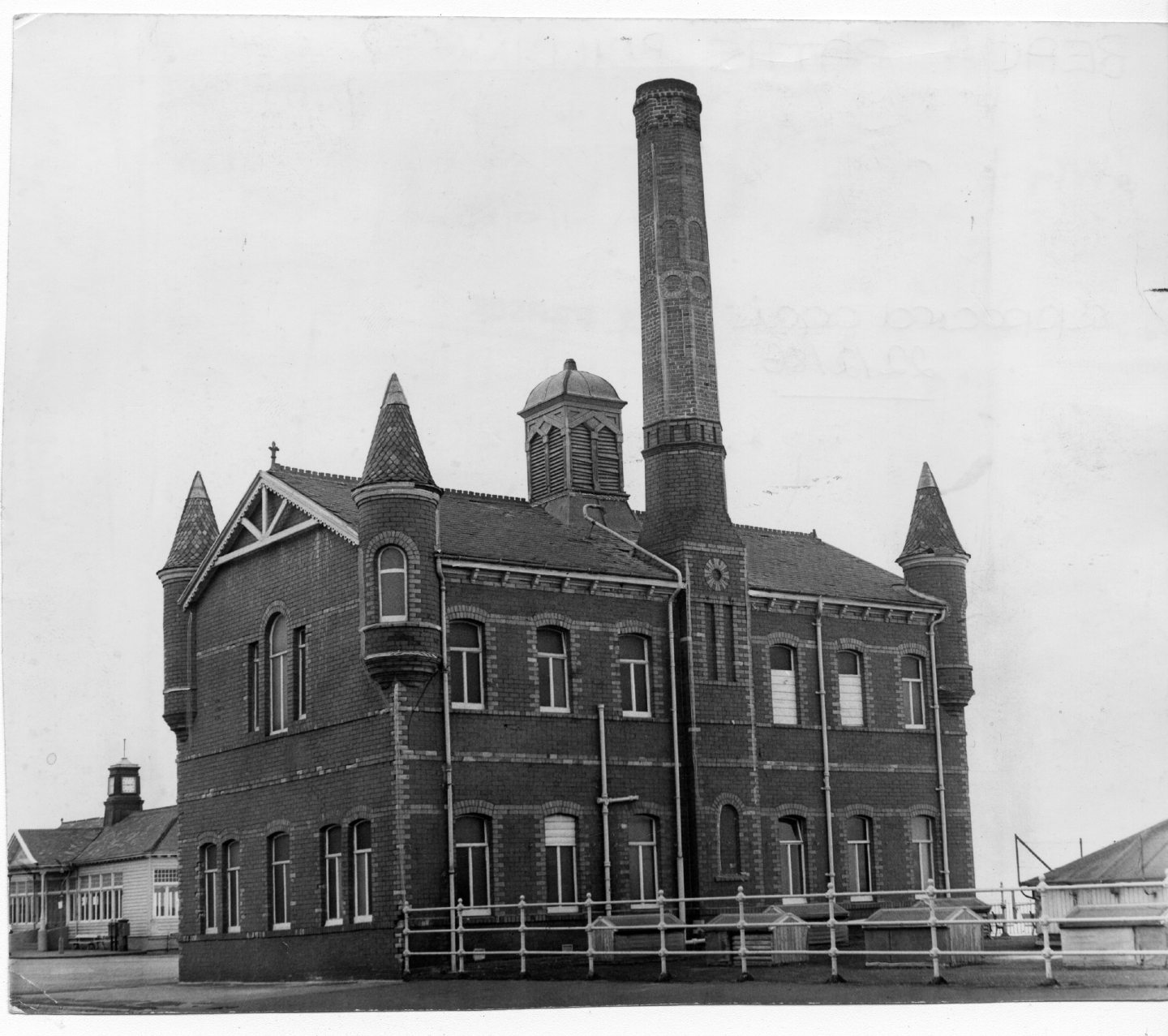
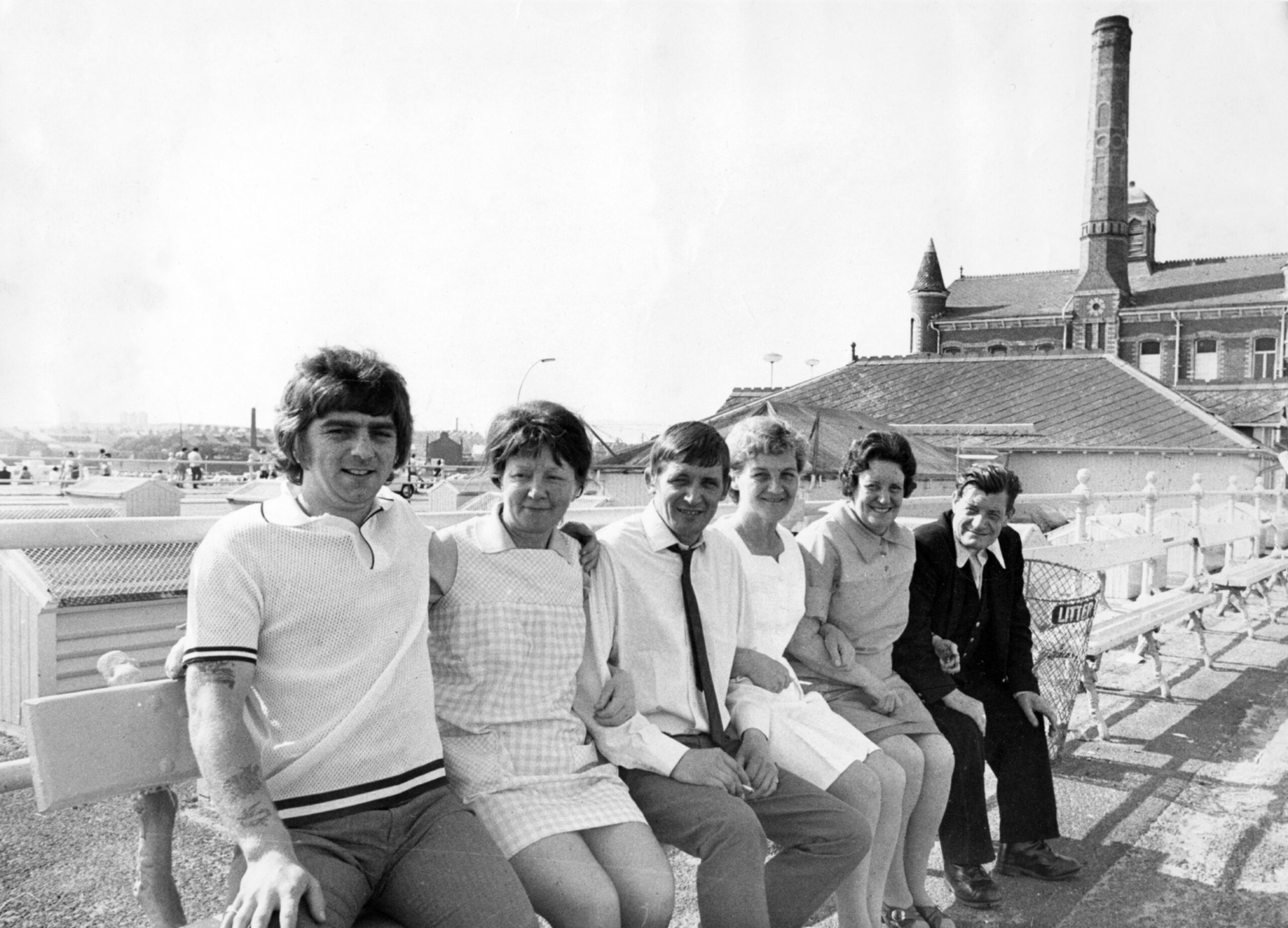
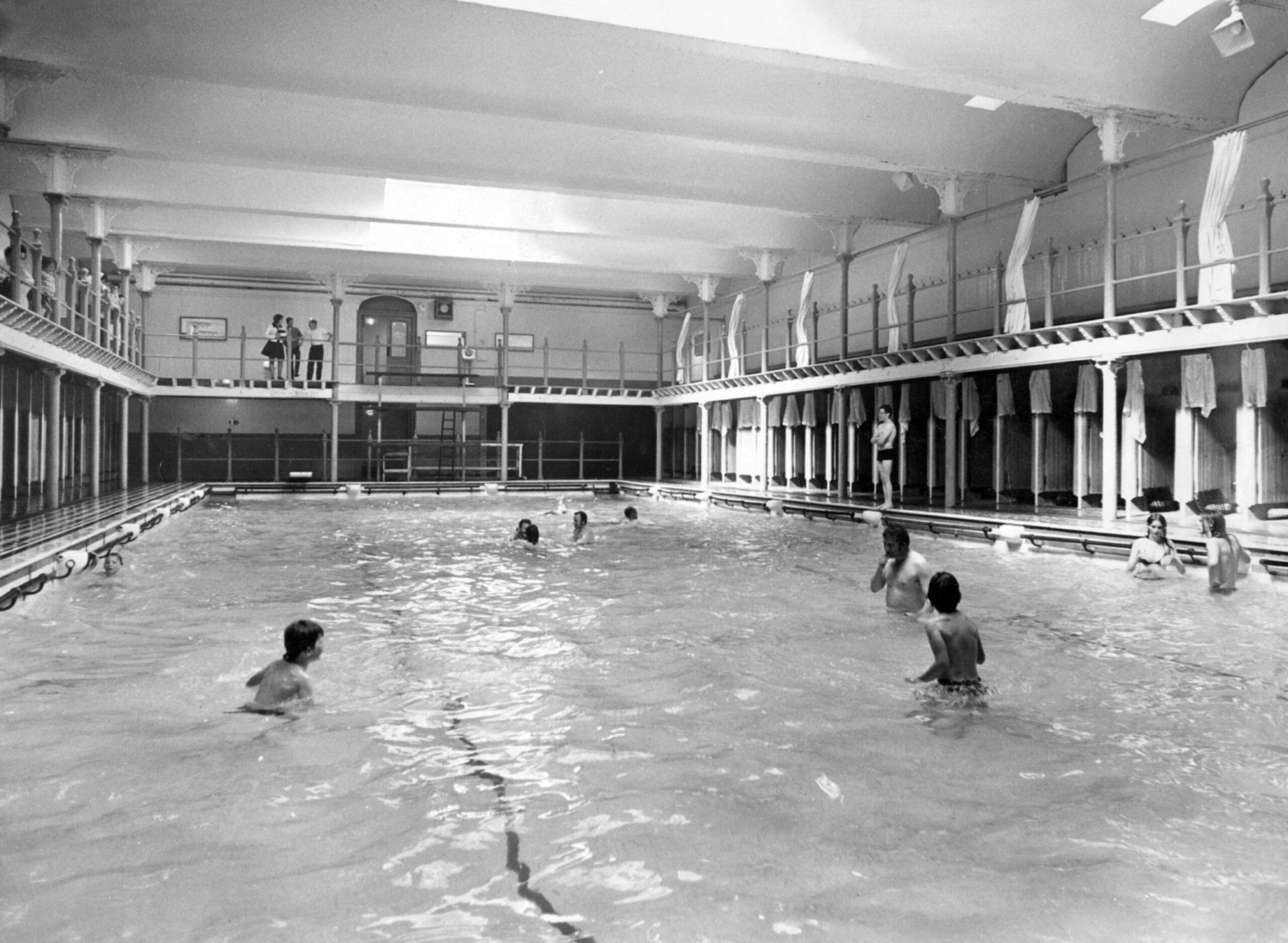
Conversation